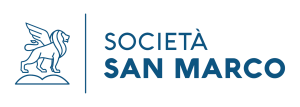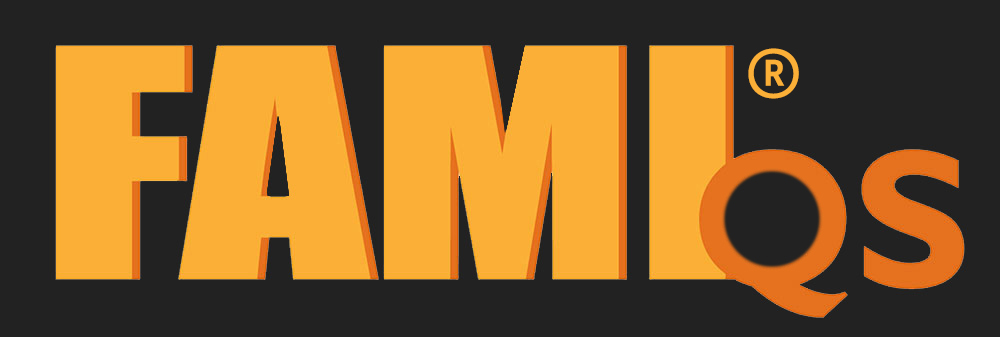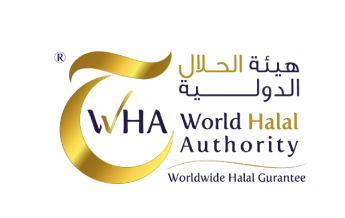Copper supplementation in animal nutrition.
Copper is required for the function of several enzymes. Also, it enhances iron absorption from the intestinal tract and iron mobilization from stores in the liver. The most common signs of copper deficiency include reduced growth, nervous disorders, incoordination, defective bone formation, heart enlargement, and small, hemoglobin- deficient red blood cells.
Copper is closely associated with iron metabolism as it is a part of ceruloplasmin which is an enzyme which plays an important role in the oxidation of ferrous to ferric iron, controlling the movement of iron from the reticuloendothelium to liver and then plasma, affecting red blood cell formation.
Copper in Ruminant nutrition
Through the promotion of superoxide dismutase, which deactivates free oxygen radicals, copper is also involved in cell protection and thereby in a healthy immune system. Copper deficiency in dairy cows is often reflected in reduced fertility and poor immunity. Similarly, disturbances in pigmentation “Copper glasses”, anemia and bone fragility may occur.
Copper in Poultry nutrition
Copper also plays an important role in a number of enzyme functions in the poultry. Copper is closely associated with iron metabolism as it is a part of ceruloplasmin which is an enzyme which plays an important role in the oxidation of ferrous to ferric iron, controlling the movement of iron from the reticuloendothelial to liver and then plasma, affecting red blood cell formation.
A copper deficiency can cause microcytic hypochromic anemia. Another important enzyme dependent on copper is lysyl oxidase, which is an integral enzyme in elastin and collagen formation in poultry. A deficiency of copper can cause bone abnormalities due to abnormal collagen synthesis. Tibial dyschondroplasia is an example of a leg disorder in poultry which can be caused by a copper deficiency. Poor collagen and/or elastin formation can also lead to cardiovascular lesions and aortic ruptures.
Copper is also important for feather development as well as feather color via its role in disulfide bond formation
Copper in Swine nutrition
Optimizes nutrient absorption and digestibility. Functions as an antioxidant to manage oxidative stress. Acts as an antimicrobial agent and improves gut health.
Contributes to collagen development for tissue and bone health. It is necessary for normal metabolic function. Promotes reproductive performance. It is essential for iron utilization.
Copper in Aqua nutrition
Research shows that optimal trace mineral nutrition is one path to improve production. Fish, shrimp and other aquatic species require trace minerals such as zinc, manganese, copper, iron and selenium for basic metabolic functions, such as growth and development, immunity and reproduction. To be efficient, competitive and profitable, farms need to get products to market with weight gain quickly as well as good feed conversion, high uniformity, immunity and healthy skin or scales.
By using ‘Real Chelate Copper’ of Società San Marco, optimum Copper supplementation in the feed is provided ;
CopPower
CopPower is an organic Copper trace mineral supplement in which Copper and Methyonine Hydroxy Analogue(MHA) are complexed through full ring real chelation to form a highly bioavailable and essential source of supplementation required to support many biological functions.
CopForce
CopForce is an organic Copper trace mineral supplement in which Copper and glycine are bonded through full ring real chelation to form a highly bioavailable and essential source of supplementation required to support many biological functions.
* This bulletin has been prepared by Società San Marco Technical&Marketing team to share our experience, knowledge and technical works with our sectoral partners.







